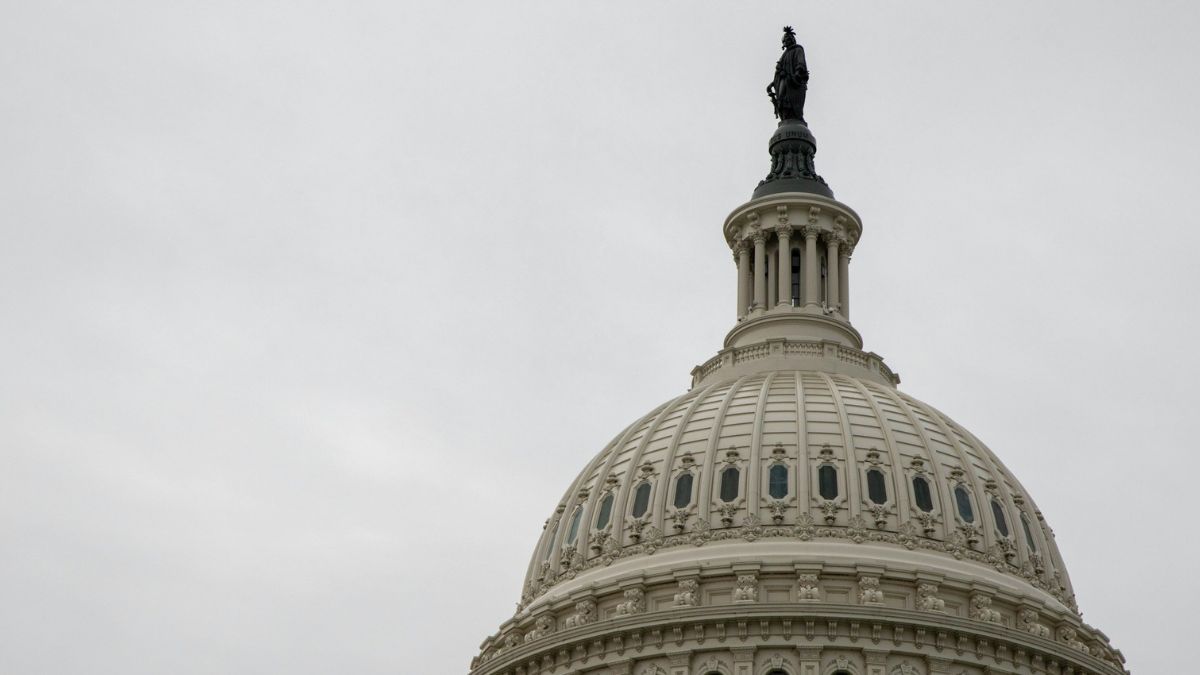News on the upcoming Presidential elections has been consistently gracing headlines over the last few months. But we have more to look forward to on November 5, than just the next US president.
The 2024 US House elections are set to be held alongside the presidential elections in November. Heading into the elections, the House of Representatives has the entire total of 435 seats up for election, with the Republicans holding the majority in the US House.
As of now, the House has 213 Democratic members, 220 Republican members, and 2 vacancies.
As of July, 45 members of the US House—including 23 Democrats and 22 Republicans—are not gunning for re-election to their seats. Meanwhile, 12 Democratic and 16 Republican incumbents are retiring from public office.
Several members of the US House of Representatives are running for other offices. 12 incumbents—9 Democratic and 3 Republican members of the US House—are running for the US Senate. In the same light, 2 House members are running for governor.
Number of House of Representatives to be elected by state
The House of Representatives has a maximum number of members of 435. These are apportioned to each State in terms of population, so small population states, for example Vermont, can have as few as one member, while the most populous state, California, has 52 representatives.
This table shows the number of representatives elected per state, along with a partisan breakdown of representatives.
| State | House Representatives by party | Total number of representatives | ||
| Democratic | Republicans | Nonpartisan | ||
| Alabama | 1 | 6 | 0 | 7 |
| Alaska | 0 | 0 | 1 | 1 |
| Arizona | 3 | 6 | 0 | 9 |
| Arkansas | 0 | 4 | 0 | 4 |
| California | 40 | 12 | 0 | 52 |
| Colorado | 5 | 3 | 0 | 8 |
| Connecticut | 5 | 0 | 0 | 5 |
| Delaware* | – | – | – | 1 |
| Florida | 8 | 20 | 0 | 28 |
| Georgia | 5 | 9 | 0 | 14 |
| Hawaii | 2 | 0 | 0 | 2 |
| Idaho | 0 | 2 | 0 | 2 |
| Illinois | 14 | 3 | 0 | 17 |
| Indiana | 2 | 7 | 0 | 9 |
| Iowa | 0 | 4 | 0 | 4 |
| Kansas | 1 | 3 | 0 | 4 |
| Kentucky | 1 | 5 | 0 | 6 |
| Louisiana | 1 | 5 | 0 | 6 |
| Maine | 2 | 0 | 0 | 2 |
| Maryland | 7 | 1 | 0 | 8 |
| Massachusetts | 9 | 0 | 0 | 9 |
| Michigan | 7 | 6 | 0 | 13 |
| Minnesota | 4 | 4 | 0 | 8 |
| Mississippi | 1 | 3 | 0 | 4 |
| Missouri | 2 | 6 | 0 | 8 |
| Montana | 0 | 2 | 0 | 2 |
| Nebraska | 0 | 3 | 0 | 3 |
| Nevada | 3 | 1 | 0 | 4 |
| New Hampshire | 2 | 0 | 0 | 2 |
| New Jersey | 8 | 3 | 0 | 12 |
| New Mexico | 3 | 0 | 0 | 3 |
| New York | 16 | 10 | 0 | 26 |
| North Carolina | 7 | 7 | 0 | 14 |
| North Dakota* | 1 | |||
| Ohio | 5 | 10 | 0 | 15 |
| Oklahoma | 0 | 5 | 0 | 5 |
| Oregon | 4 | 2 | 0 | 6 |
| Pennsylvania | 9 | 8 | 0 | 17 |
| Rhode Island | 2 | 0 | 0 | 2 |
| South Carolina | 1 | 6 | 0 | 7 |
| South Dakota* | 1 | |||
| Tennesse | 1 | 8 | 0 | 9 |
| Texas | 13 | 15 | 0 | 28 |
| Utah | 0 | 4 | 0 | 4 |
| Vermont* | 1 | 1 | ||
| Virginia | 6 | 5 | 0 | 11 |
| Washington | 8 | 2 | 0 | 10 |
| West Virginia | 0 | 2 | 0 | 2 |
| Wisconsin | 2 | 5 | 0 | 8** |
| Wyoming* | 1 | |||
*Delaware, North Carolina, South Carolina, Vermont, and Wyoming have candidates from Democratic and Republican parties, as well as independent candidates, however, voters can only elect one candidate from any of the parties.
**Wisconsin has 1 vacancy
How Elections Work in the USA
Democratic Process: Elections allow citizens to choose leaders at local, state, and federal levels.
Federal Elections: Held every two years for Congress; every four years for the President.
Voter Registration: Required before voting, with deadlines varying by state.Election Day: Held on the first Tuesday after the first Monday in November.
Voting Methods: Includes in-person voting, early voting, and mail-in ballots.
Electoral College: In presidential elections, voters choose electors who officially elect the President.
State Control: Each state manages its own election process, following federal guidelines.

